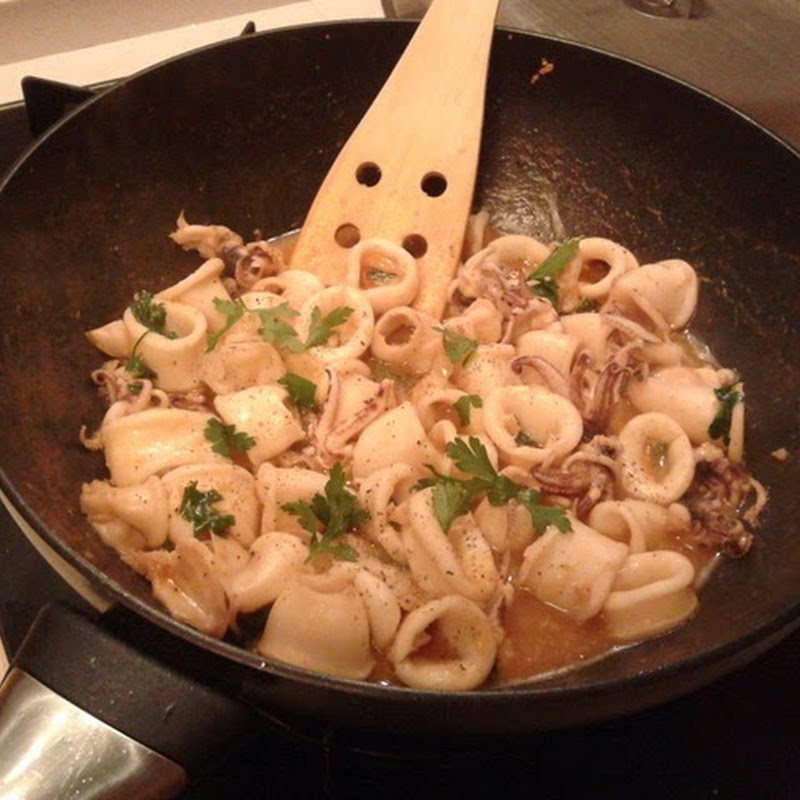Today I will explain in a nutshell how to apply a css style to a form generated by the Form Helper. My form is very simple and serves as a registration form. You can find how to create a model and a controller for such form here: http://planetcakephp.org/aggregator/items/1620-creating-a-community-in-five-minutes-with-cakephp. Therefore, I will focus only on how to apply some css to this form.
My form has only 4 required fields and is generated by the following view:
<div class="users form">
<?php echo $form->create('User', array('class'=>'form'));?>
<p class="formtitle">Sign Up</p>
<fieldset>
<legend class="formtitle">Please complete the form below.</legend>
<?php
echo $form->input('username', array(
'label' => 'Login',
'div'=>'formfield',
'error' => array(
'wrap' => 'div',
'class' => 'formerror'
)
));
echo $form->input('password', array(
'label' => 'Password',
'div'=>'formfield',
'error' => array(
'wrap' => 'div',
'class' => 'formerror'
)
));
echo $form->input('password_confirm', array(
'label' => 'Confirm password',
'type'=>'password',
'div'=>'formfield',
'error' => array(
'wrap' => 'div',
'class' => 'formerror'
)
));
echo $form->input('name', array(
'label' => 'Name',
'div'=>'formfield',
'error' => array(
'wrap' => 'div',
'class' => 'formerror'
)
));
echo $form->input('surname', array(
'label' => 'Surname',
'div'=>'formfield',
'error' => array(
'wrap' => 'div',
'class' => 'formerror'
)
));
echo $form->input('email', array(
'label' => 'E-mail',
'div'=>'formfield',
'error' => array(
'wrap' => 'div',
'class' => 'formerror'
)
));
echo $form->input('city_id', array(
'label' => 'City',
'div'=>'formfield',
'error' => array(
'wrap' => 'div',
'class' => 'formerror')));
?>
</fieldset>
<?php echo $form->end('Submit');?>
</div>
Some explanations:
- To add a class to a form tag:
$form->create('User', array('class'=>'form'))generates:<form class="form" id="UserAddForm" method="post" action="/kultura/users/add">
- To add a class to an input:
echo $form->input('username', array( 'label' => 'Login', 'div'=>'formfield', 'error' => array( 'wrap' => 'div', 'class' => 'formerror' ) ));generates this:<div class="formfield required"> <label for="UserUsername">Login</label> <input name="data[User][username]" type="text" maxlength="20" value="" id="UserUsername" /> </div>
An error in this case will appear in:<div class=”formerror”></div>
A sample css style may look like this:
.form{
font-family: Verdana;
font-size:1em;
margin:1em;
padding:1em;
}
.form p.formtitle{
color: #026475;
font-size:1.3em;
font-weight: bold;
}
.form fieldset{
width:40em;
border:1px solid #FFE545;
background-image: url(../img/Contact.png);
background-position: bottom right;
background-repeat: no-repeat;
}
.form fieldset legend{
color: #026475;
}
.formfield{
width:30em;
padding:5px;
}
.formfield label{
display:block;
float:left;
width:12em;
padding:1px;
color:#C2A34F;
text-align:right;
}
.formfield input, .formfield select{
padding:0.15em;
width:14em;
border:1px solid #ddd;
background:#FEFBAF;
font-family: Verdana;
font-size:1em;
-moz-border-radius:0.4em;
-khtml-border-radius:0.4em;
}
.formfield input:hover, input:focus {
border-color:#c5c5c5;
background:#f6f6f6;
}
.required input {
border:1px solid #FBB829;
}
.form .submit input{
font-family: Verdana;
font-size:1em;
margin-top: 0.3em;
}
.formerror{
position:relative;
left:12.1em;
color:#FBB829;
}
The result:
More interesting sources about how to use css with forms:
- http://www.smashingmagazine.com/2006/11/11/css-based-forms-modern-solutions/
- http://sixrevisions.com/user-interface/25-stylish-examples-of-web-forms/
- http://www.sitepoint.com/article/fancy-form-design-css/
Very interesting article about forms design patterns:
and, b.t.w., some hint how to do CakePHP forms more secure using Security component:
Enjoy!



